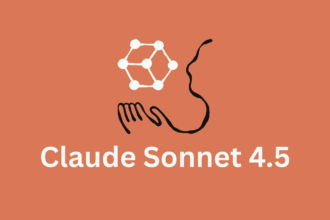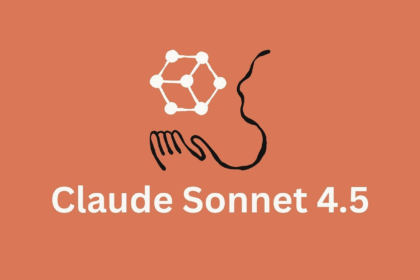Intel, Google, Microsoft, Meta, and other tech heavyweights have formed a new industry group called the Ultra Accelerator Link (UALink) Promoter Group. The primary goal of this group is to guide the development of components that link together AI accelerator chips in data centers³.
Here are the key points:
1. Purpose of UALink:
– The UALink Promoter Group aims to establish an open industry standard for connecting AI accelerator chips within servers.
– These AI accelerators include GPUs and custom-designed solutions that enhance the training, fine-tuning, and execution of AI models.
2. UALink 1.0 Standard:
– The proposed standard, known as UALink 1.0, will facilitate connections between up to 1,024 AI accelerators (specifically GPUs) within a single computing “pod” (which can be one or several racks in a server).
– UALink 1.0 is based on “open standards,” including AMD’s Infinity Fabric technology.
– It enables direct loads and stores between the memory attached to AI accelerators, resulting in improved speed and reduced data transfer latency compared to existing interconnect specifications.
3. UALink Consortium:
– The UALink Promoter Group plans to create a consortium called the **UALink Consortium** in Q3 to oversee the ongoing development of the UALink specification.
– Companies that join the consortium will have access to UALink 1.0.
– An updated specification, UALink 1.1, with higher bandwidth, is expected to arrive in Q4 2024.
4. Notable Absence:
– Notably absent from the group’s members is Nvidia, which dominates the AI accelerator market with an estimated 80% to 95% share.
– Nvidia declined to comment on this initiative.
– The absence may be due to Nvidia’s existing proprietary interconnect technology and its strong market position.
5. Future Impact:
– The UALink standard aims to foster innovation by allowing multiple companies to contribute to the ecosystem.
– The first UALink products are expected to launch within the next few years.
In summary, this collaborative effort seeks to advance AI chip components and create a standardized framework for efficient interconnects in data centers. While Nvidia remains a significant player, the UALink Promoter Group aims to drive progress across the industry.










